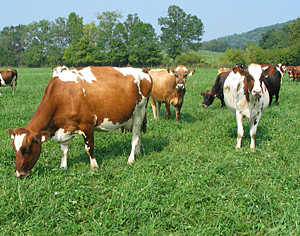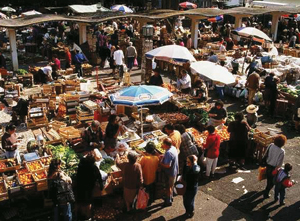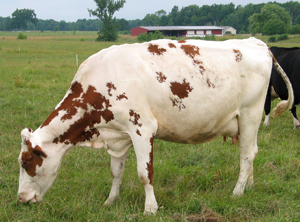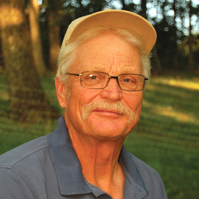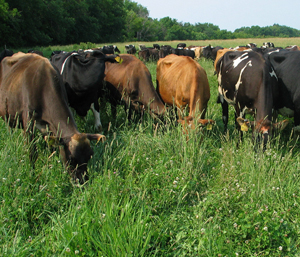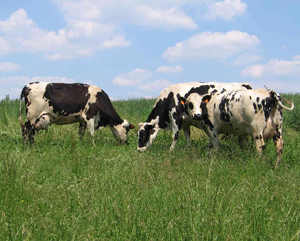This month’s question: What’s your flush-season grazing plan?
Jon Bansen– The period of spring flush is probably by far the most important to manage correctly for a successful grazing season.
An error we made the first couple of years grazing was always chasing over-mature grass. This led to a loss in milk production and a slowing of grass growth after the spring flush due to the plants getting too far into their reproductive stage (setting seed). This slowdown led to more milk loss after the flush. Continue reading “Advisors: flush season grazing plan”

